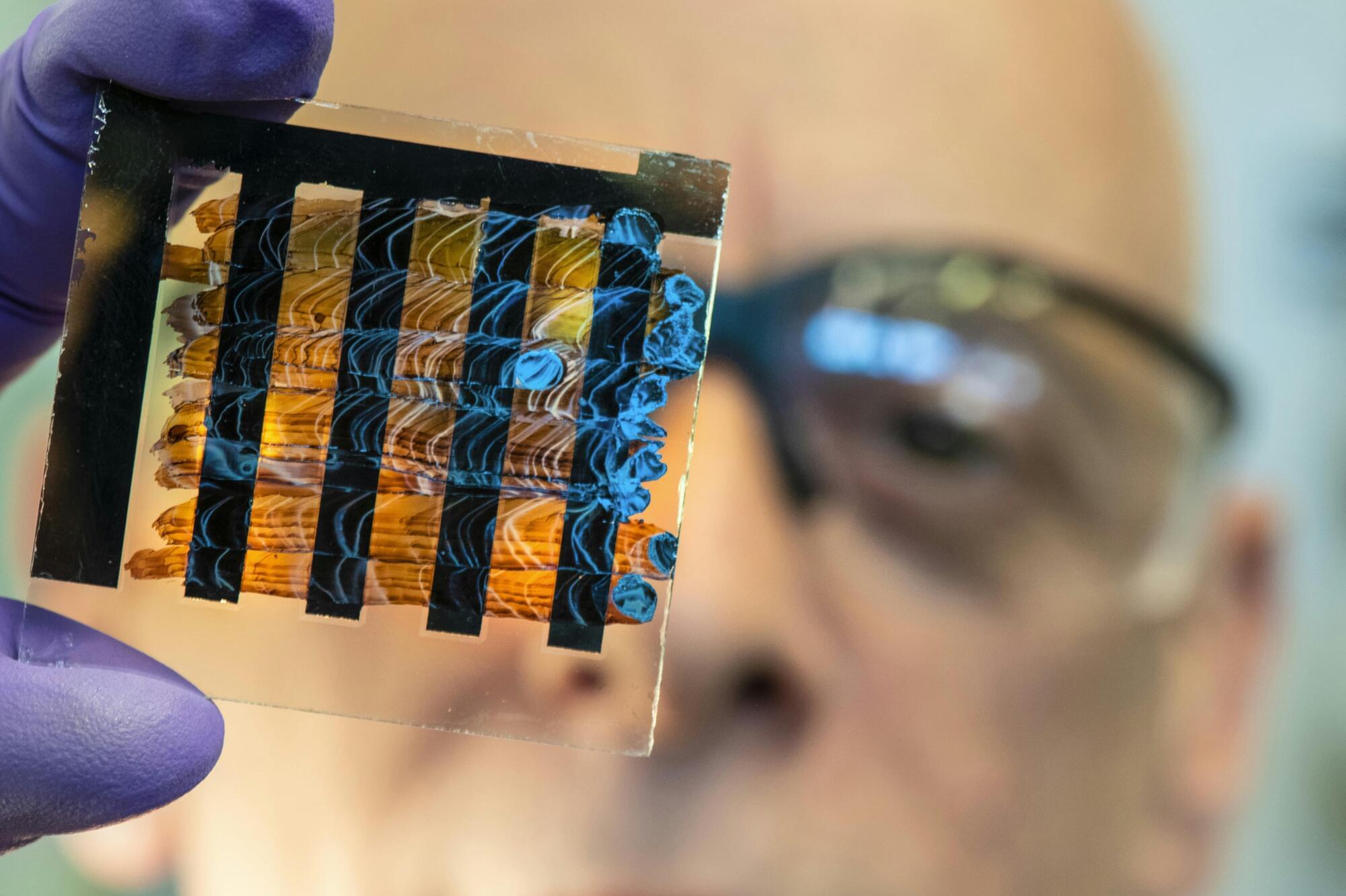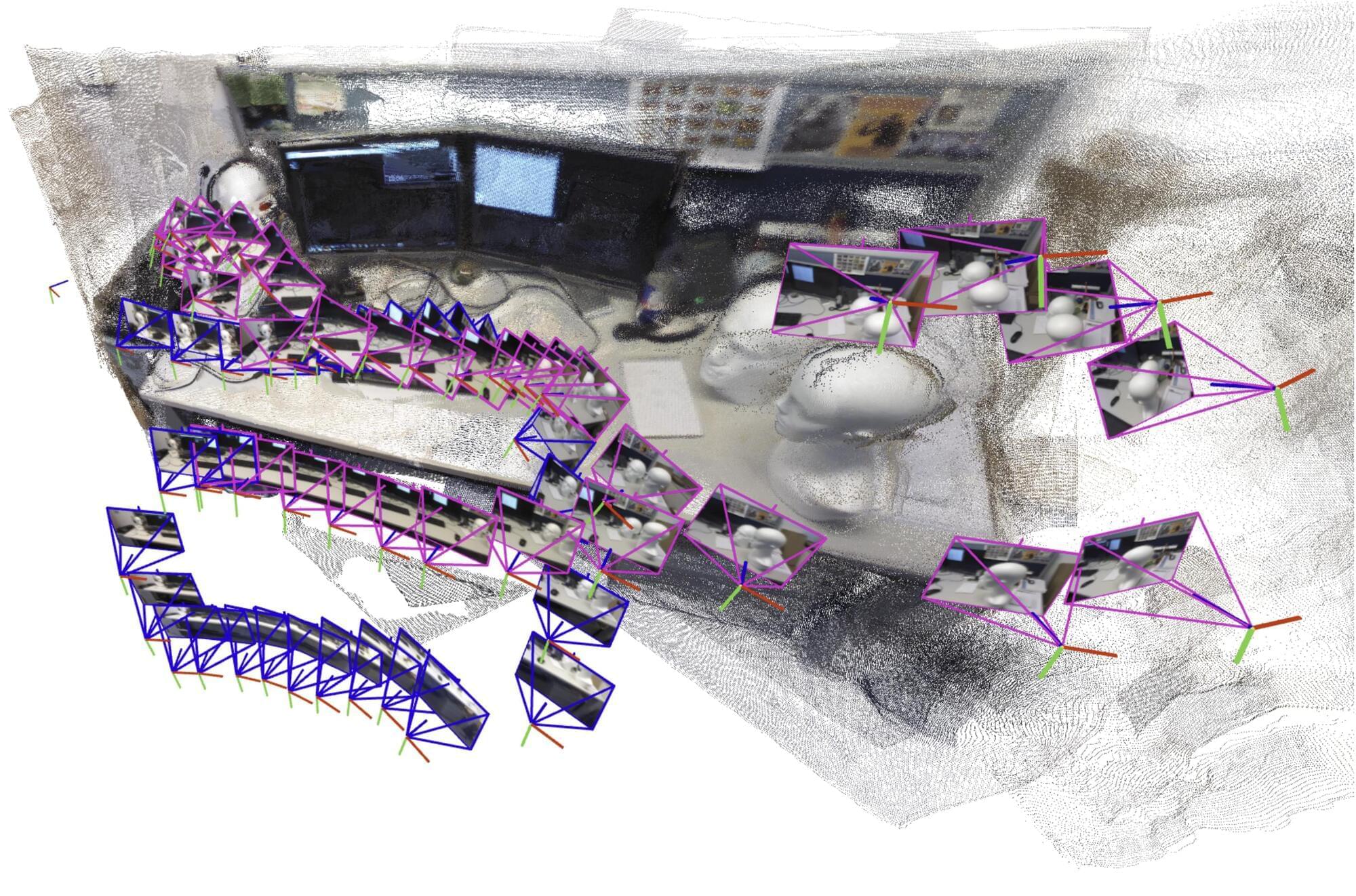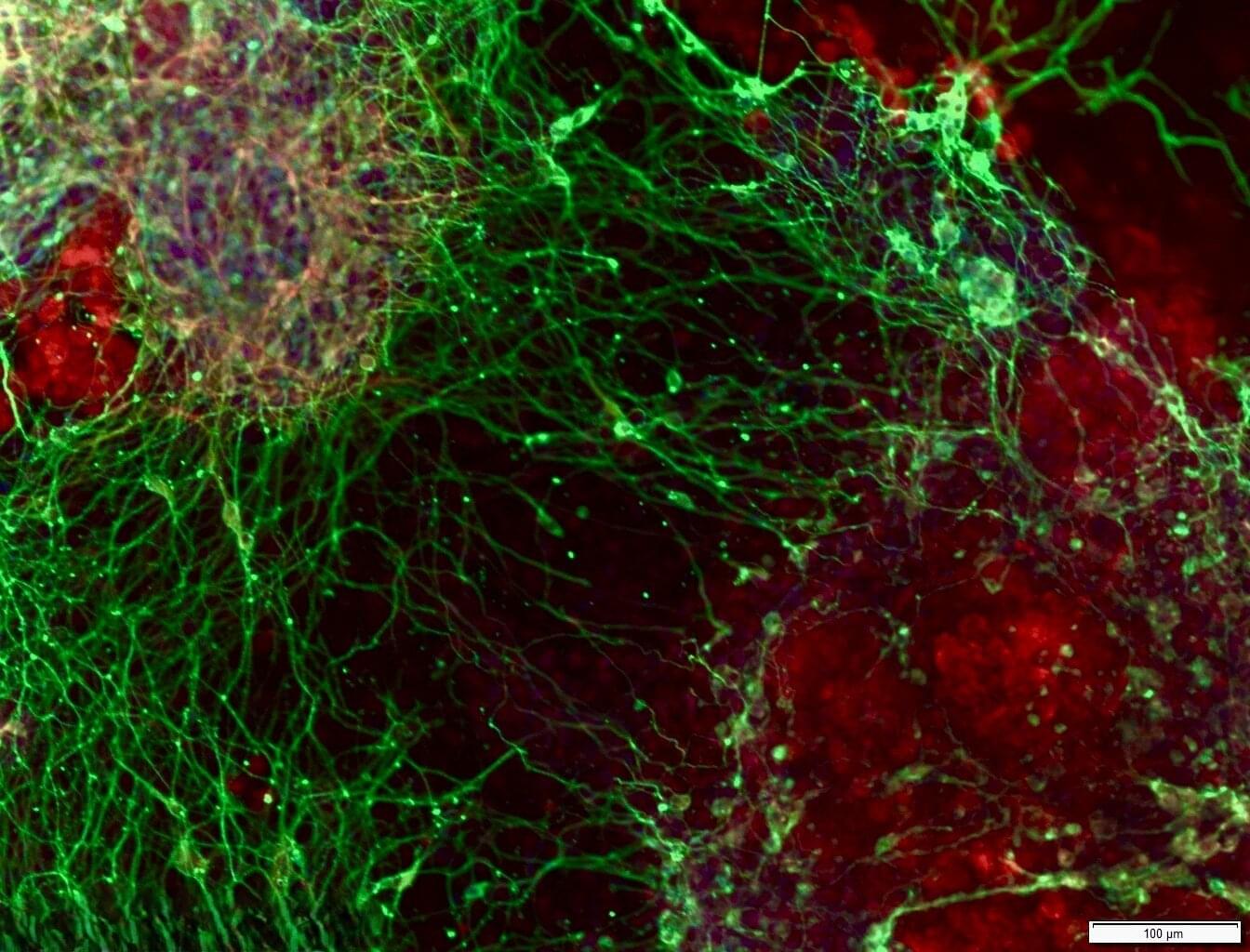The deepest dive into philosopher Daniel Dennett’s mind.
TIMESTAMPS:
00:00 — The Soul.
03:18 — Most Important Philosophical Question.
12:06 — Do Qualia Exist?
30:28 — Uploading Consciousness.
39:55 — Thinking Differently.
56:20 — Pragmatism.
1:01:06 — Robert Sapolsky.
1:12:57 — Philosophers and Scientists.
1:29:30 — Patterns and Emergence.
1:36:46 — Roger Penrose.
1:42:39 — Sailing Boats.
1:45:40 — Fictionalism.
1:51:12 — Coming Up With Concepts.
1:59:55 — Douglas Hofstadter.
2:05:30 — AI Alignment Problem.
2:11:31 — Q&A
NOTE: The perspectives expressed by guests don’t necessarily mirror my own. There’s a versicolored arrangement of people on TOE, each harboring distinct viewpoints, as part of my endeavor to understand the perspectives that exist.
THANK YOU: To Mike Duffey for your insight, help, and recommendations on this channel.
Support TOE:
- Patreon: https://patreon.com/curtjaimungal (early access to ad-free audio episodes!)
- Crypto: https://tinyurl.com/cryptoTOE
- PayPal: https://tinyurl.com/paypalTOE
- TOE Merch: https://tinyurl.com/TOEmerch.
Follow TOE:







